44 Lifestyle Tweaks That Can Naturally Lower Your Blood Pressure
High blood pressure is called the “silent killer” for a reason—it creeps in quietly, then wreaks havoc on your heart, brain, and kidneys. But here’s the good news: lowering it doesn’t have to mean turning your life upside down. Small, intentional choices—made consistently—can shift the numbers and protect your future. No crash diets. No marathon workouts. Just real, science-backed habits that fit into real lives. From the food you eat to how you sleep, breathe, and move, everything matters. That’s why we’ve expanded our list to 44 Lifestyle Tweaks That Can Naturally Lower Your Blood Pressure—each one simple, effective, and rooted in long-term health. Whether you’re starting fresh or leveling up, these are the everyday changes that deliver real results. Because sometimes, the best medicine isn’t found in a bottle—it’s found in the life you build.
1. Embrace the Power of Regular Exercise

Physical activity is a cornerstone of heart health. Engaging in regular exercise strengthens the heart, enabling it to pump more efficiently with less effort. This reduces the pressure on your arteries, lowering blood pressure naturally. Aerobic exercises like walking, jogging, cycling, and swimming are particularly beneficial. Aim for at least 150 minutes of moderate-intensity exercise per week. Incorporating strength training exercises twice a week can further enhance cardiovascular health. Exercise also reduces stress, another significant factor in hypertension. By making physical activity a regular part of your routine, you can improve your overall health and significantly lower your blood pressure.
2. Prioritize a Balanced, Heart-Healthy Diet
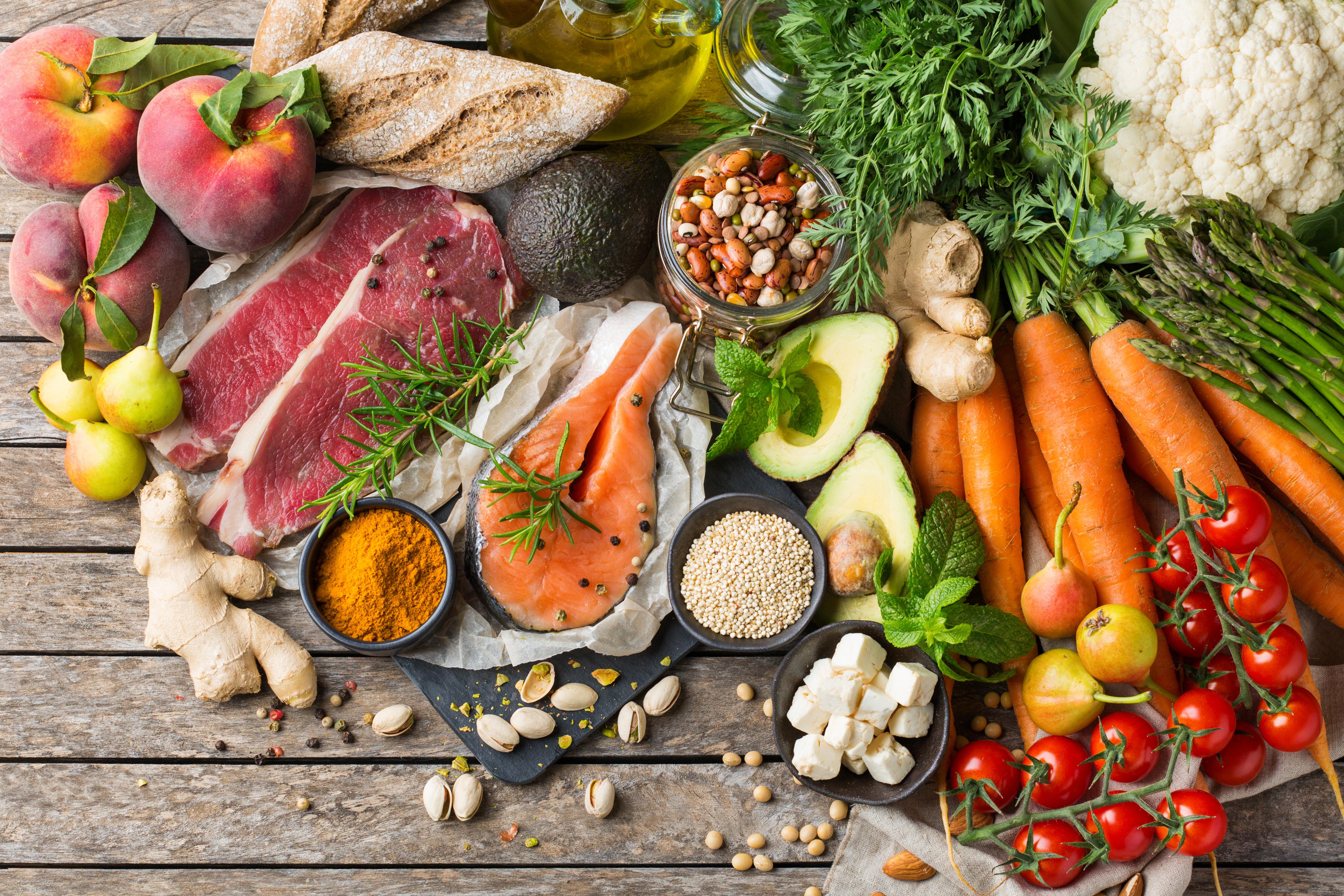
Diet plays a crucial role in managing blood pressure. The DASH (Dietary Approaches to Stop Hypertension) diet is specifically designed to combat hypertension. It emphasizes fruits, vegetables, whole grains, and lean proteins while reducing saturated fats, cholesterol, and sodium. Potassium-rich foods like bananas, sweet potatoes, and spinach help balance sodium levels, further aiding blood pressure reduction. Limiting processed foods, which are often high in sodium and unhealthy fats, is essential. By adopting a balanced diet rich in nutrients, you not only improve your blood pressure but also enhance your overall health and well-being.
3. Cut Back on Sodium
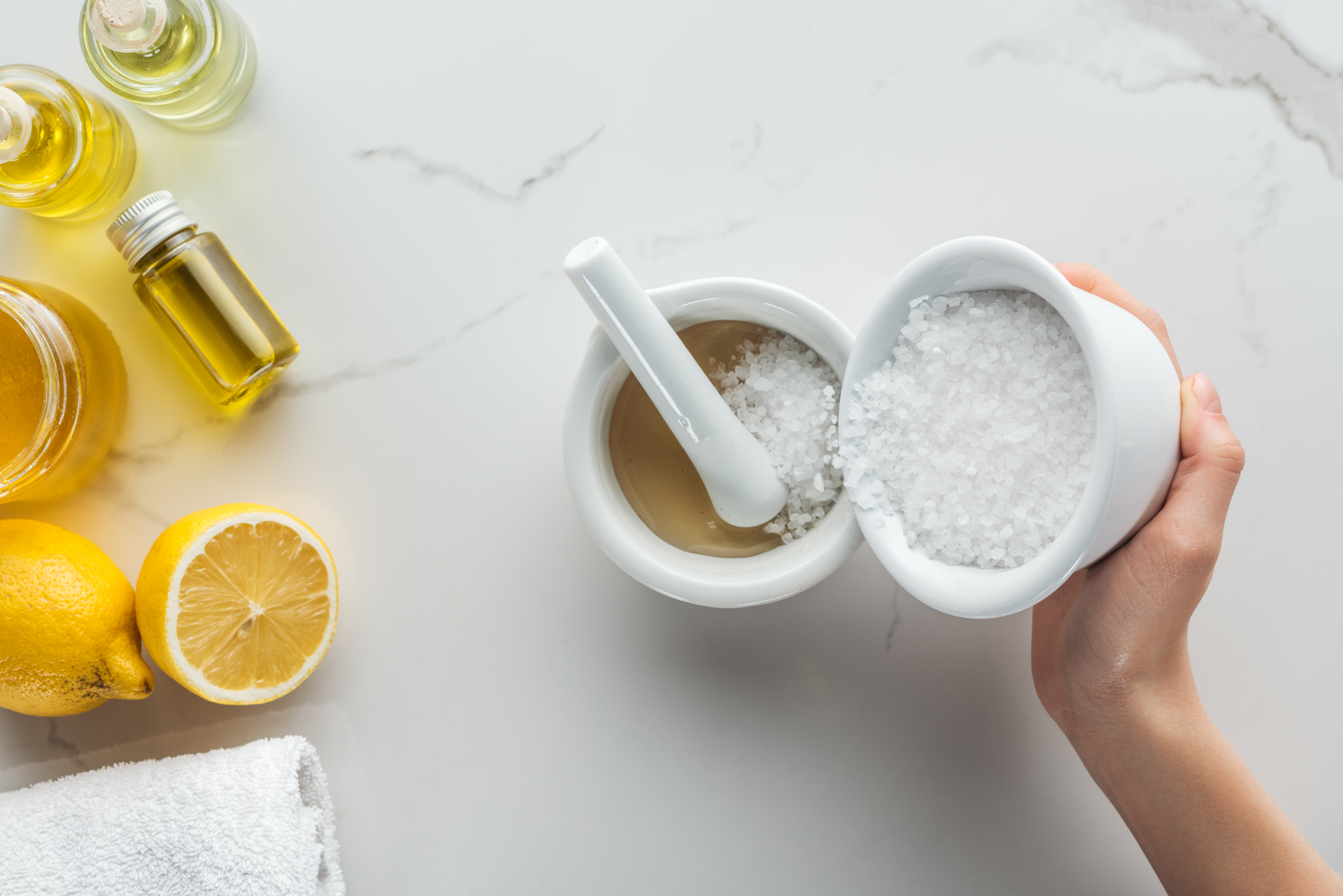
Sodium is a major contributor to high blood pressure. Consuming too much salt causes the body to retain water, increasing blood volume and pressure on the arteries. Most people consume more sodium than recommended, primarily through processed and restaurant foods. To lower blood pressure, aim to consume less than 2,300 milligrams of sodium per day, ideally reducing it to 1,500 milligrams. Reading food labels, cooking at home, and using herbs and spices for flavor instead of salt can significantly cut sodium intake. Reducing sodium is a simple yet effective way to lower blood pressure and improve heart health.
4. Maintain a Healthy Weight
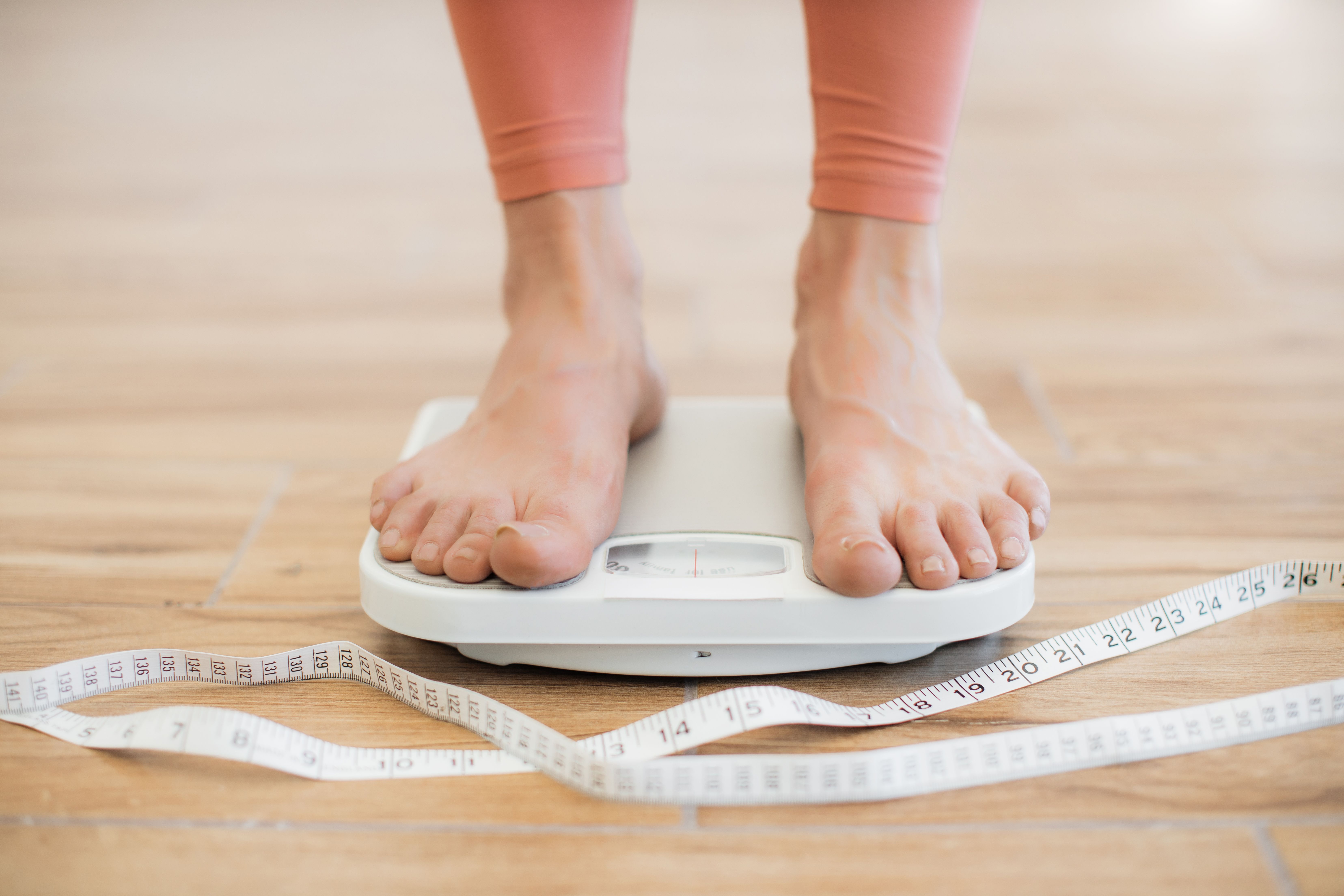
Weight and blood pressure are closely linked. Being overweight increases the risk of hypertension, as excess weight requires more blood to supply oxygen and nutrients to tissues, increasing pressure on artery walls. Losing even a small amount of weight can have a significant impact on blood pressure. A healthy weight loss goal is about 1 to 2 pounds per week through a combination of diet and exercise. Focus on sustainable lifestyle changes rather than quick fixes. By maintaining a healthy weight, you can reduce the strain on your heart and lower your blood pressure.
5. Limit Alcohol Consumption

While moderate alcohol consumption can have some health benefits, excessive drinking raises blood pressure and damages the heart. Alcohol can also interfere with the effectiveness of blood pressure medications. To lower blood pressure, men should limit alcohol to no more than two drinks per day, and women should have no more than one. Choosing alcohol-free days and opting for lower-alcohol beverages can help reduce overall intake. By moderating alcohol consumption, you protect your heart and contribute to a healthier lifestyle.
6. Quit Smoking
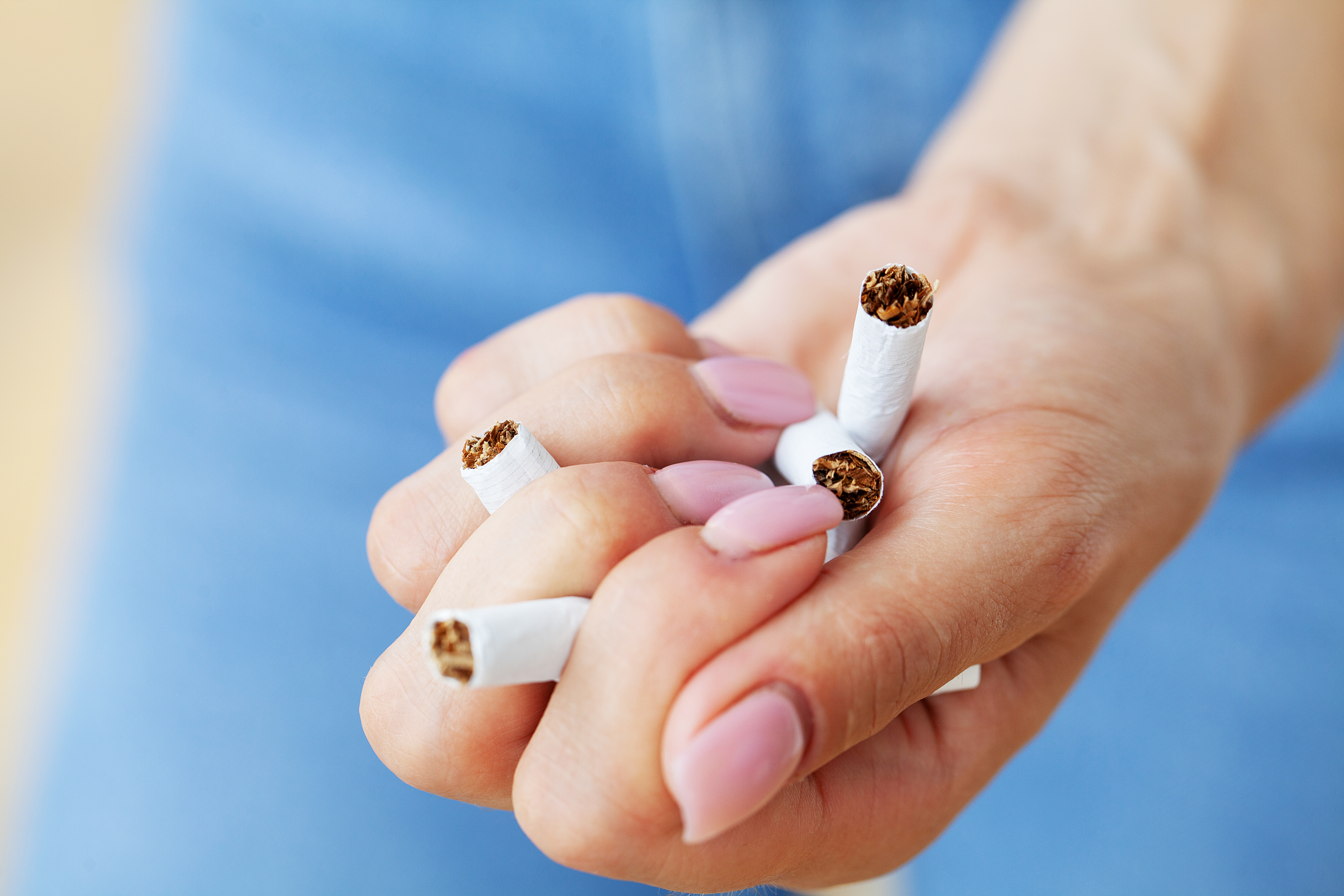
Smoking is a major risk factor for hypertension and cardiovascular disease. Each cigarette temporarily increases blood pressure and heart rate, while long-term smoking damages blood vessels and contributes to plaque buildup. Quitting smoking has immediate and long-term benefits for blood pressure and heart health. Within a year of quitting, the risk of heart disease drops significantly. Support from healthcare professionals, nicotine replacement therapies, and support groups can aid in quitting. By eliminating smoking from your life, you can dramatically improve your blood pressure and overall health.
7. Manage Stress Effectively

Chronic stress contributes to high blood pressure by causing the body to release stress hormones that increase heart rate and constrict blood vessels. Finding effective ways to manage stress is crucial for lowering blood pressure. Techniques such as mindfulness meditation, deep breathing exercises, yoga, and tai chi can help reduce stress and promote relaxation. Regular physical activity and adequate sleep also play a role in stress management. By incorporating stress-reducing practices into your daily routine, you can improve your mental well-being and lower your blood pressure.
8. Ensure Adequate Sleep

Sleep is essential for overall health and well-being. Poor sleep quality and sleep deprivation are linked to an increased risk of hypertension. During sleep, the body regulates stress hormones and maintains a healthy balance of blood pressure. Aim for 7 to 9 hours of quality sleep per night. Establishing a regular sleep schedule, creating a restful sleep environment, and avoiding screens before bedtime can improve sleep quality. By prioritizing sleep, you support your body’s natural ability to regulate blood pressure and enhance your overall health.
9. Increase Potassium Intake
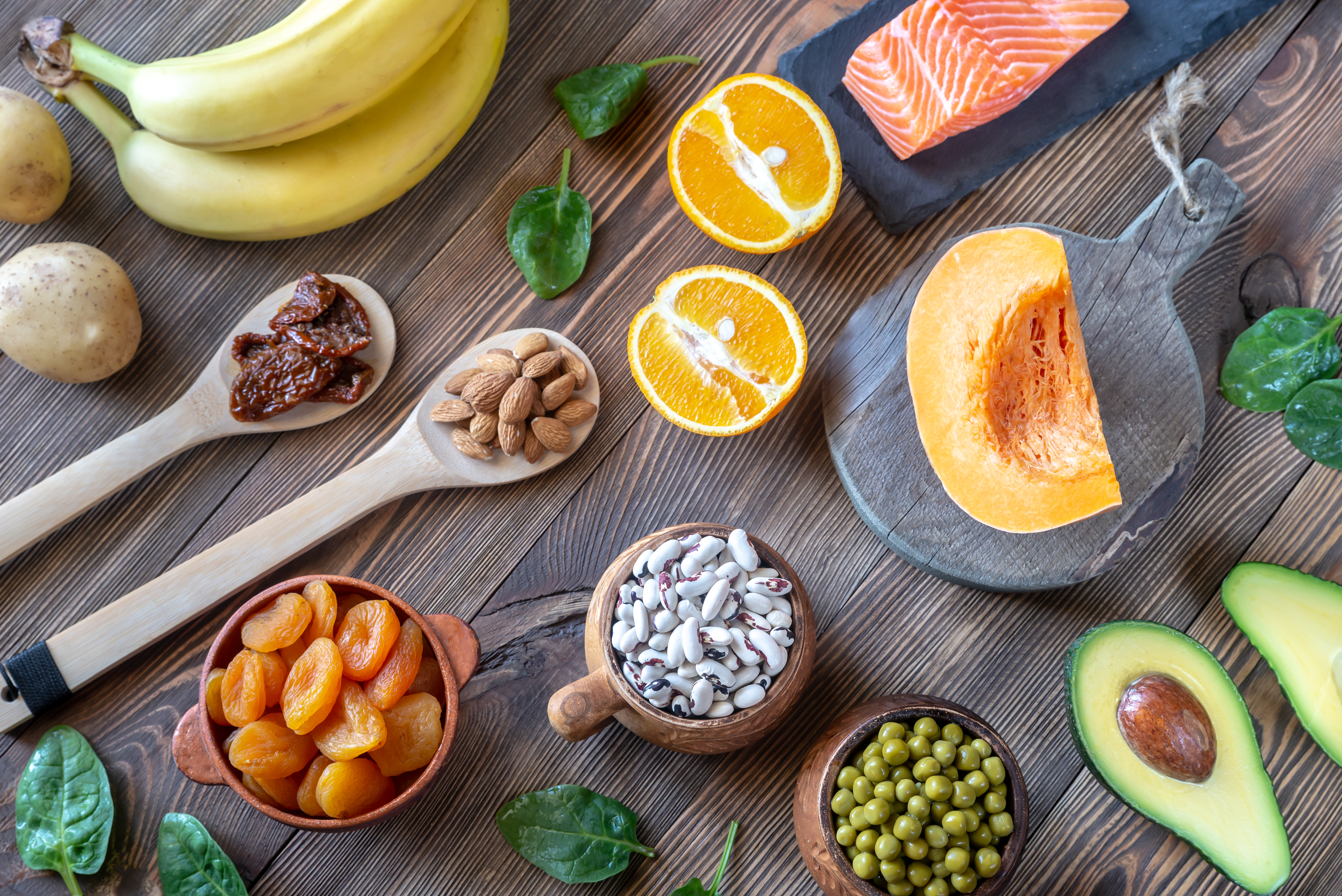
Potassium is a vital mineral that helps balance sodium levels in the body, reducing the strain on blood vessels and lowering blood pressure. Foods rich in potassium include bananas, oranges, potatoes, spinach, and beans. The recommended daily intake of potassium is about 3,500 to 4,700 milligrams, depending on age and gender. However, individuals with kidney disease should consult a healthcare provider before increasing potassium intake. By incorporating potassium-rich foods into your diet, you can naturally lower blood pressure and support heart health.
10. Limit Caffeine Intake

Caffeine can cause a temporary spike in blood pressure, although its long-term effects vary among individuals. For those sensitive to caffeine, reducing intake can help lower blood pressure. Monitoring your body’s response to caffeine and limiting consumption to moderate levels can be beneficial. Opt for caffeine-free or low-caffeine beverages, and avoid consuming caffeine close to bedtime to ensure quality sleep. By managing caffeine intake, you can contribute to a healthier blood pressure level and overall well-being.
11. Stay Hydrated

Proper hydration is crucial for maintaining healthy blood pressure levels. Dehydration can constrict blood vessels and increase blood pressure. Drinking plenty of water throughout the day helps maintain optimal blood volume and prevents the heart from working harder than necessary. Aim for at least eight 8-ounce glasses of water per day, more if you are active or in a hot climate. Limiting sugary and caffeinated beverages can also support hydration. By staying hydrated, you promote cardiovascular health and help regulate blood pressure.
12. Monitor Your Blood Pressure Regularly
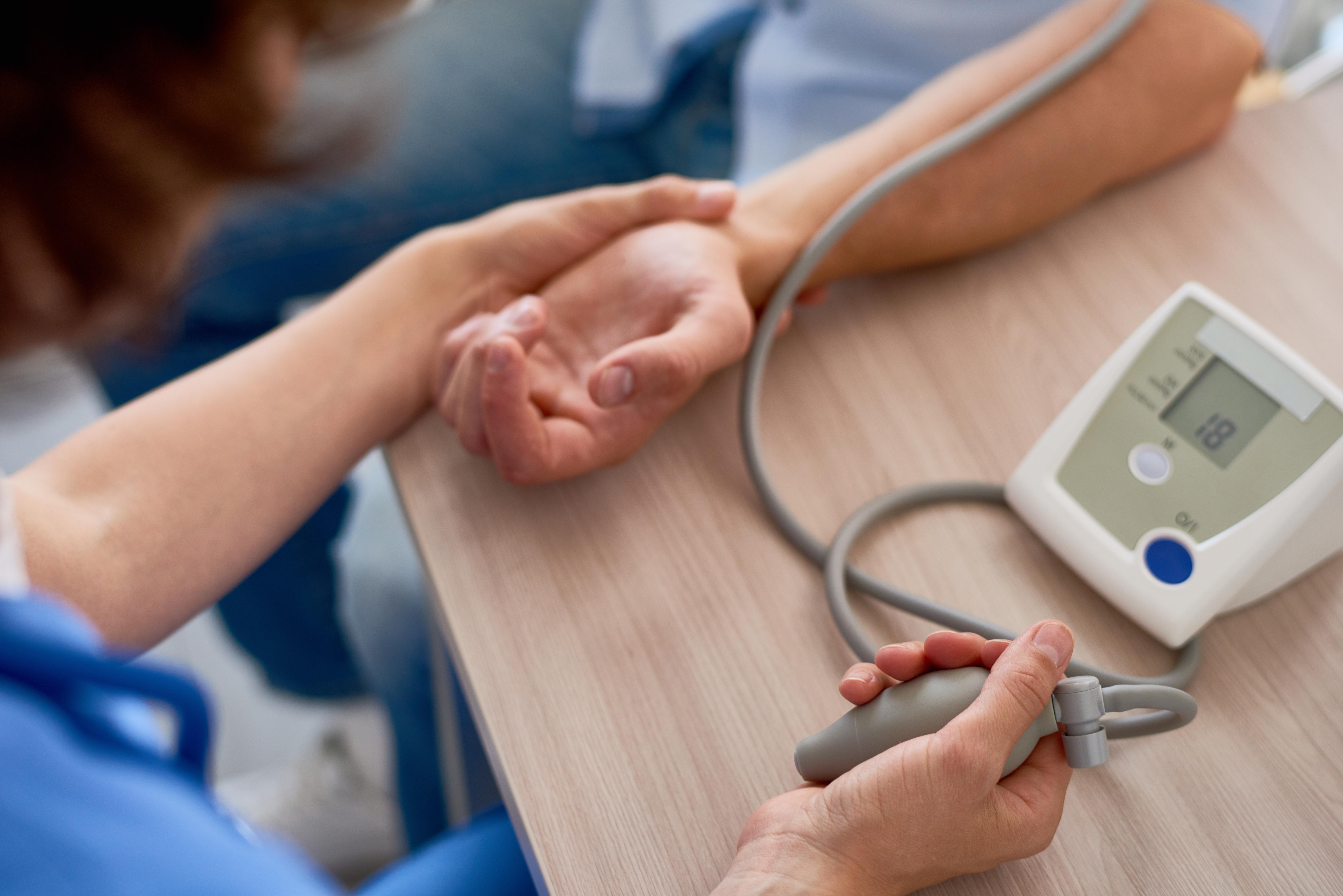
Regular blood pressure monitoring is essential for managing hypertension. Knowing your numbers allows you to track progress and make informed lifestyle changes. Home blood pressure monitors are widely available and easy to use. Keep a record of your readings and share them with your healthcare provider during appointments. Monitoring your blood pressure empowers you to take control of your health and make necessary adjustments to your lifestyle to maintain healthy levels.
13. Cultivate a Supportive Social Network

Social support plays a vital role in managing stress and promoting overall well-being. Having a strong support network of family, friends, and community can help you stay motivated and accountable in your health journey. Engaging in social activities, joining support groups, and maintaining positive relationships can reduce stress and improve mental health. By fostering a supportive social environment, you enhance your ability to manage blood pressure and lead a healthier lifestyle.
14. Explore Mindfulness and Meditation Practices

Mindfulness and meditation are powerful tools for reducing stress and lowering blood pressure. These practices encourage relaxation and focus, helping to calm the mind and reduce the physiological effects of stress. Regular meditation can lead to long-term improvements in blood pressure and overall well-being. Start with a few minutes of meditation each day, gradually increasing the duration as you become more comfortable. By incorporating mindfulness and meditation into your routine, you can enhance your mental and physical health.
15. Try Cold Exposure Therapy for Better Circulation

Cold exposure—such as taking cold showers, ice baths, or even splashing cold water on your face—may seem uncomfortable, but it has surprising benefits for blood pressure. When exposed to cold, your blood vessels temporarily constrict, and when you warm back up, they dilate, improving circulation and vascular flexibility. Over time, this practice can enhance cardiovascular resilience and help regulate blood pressure. Try ending your shower with 30 seconds of cold water, gradually increasing the time as you get comfortable. This simple habit can improve circulation, reduce stress, and support heart health in the long run.
16. Get More Magnesium for Relaxed Blood Vessels
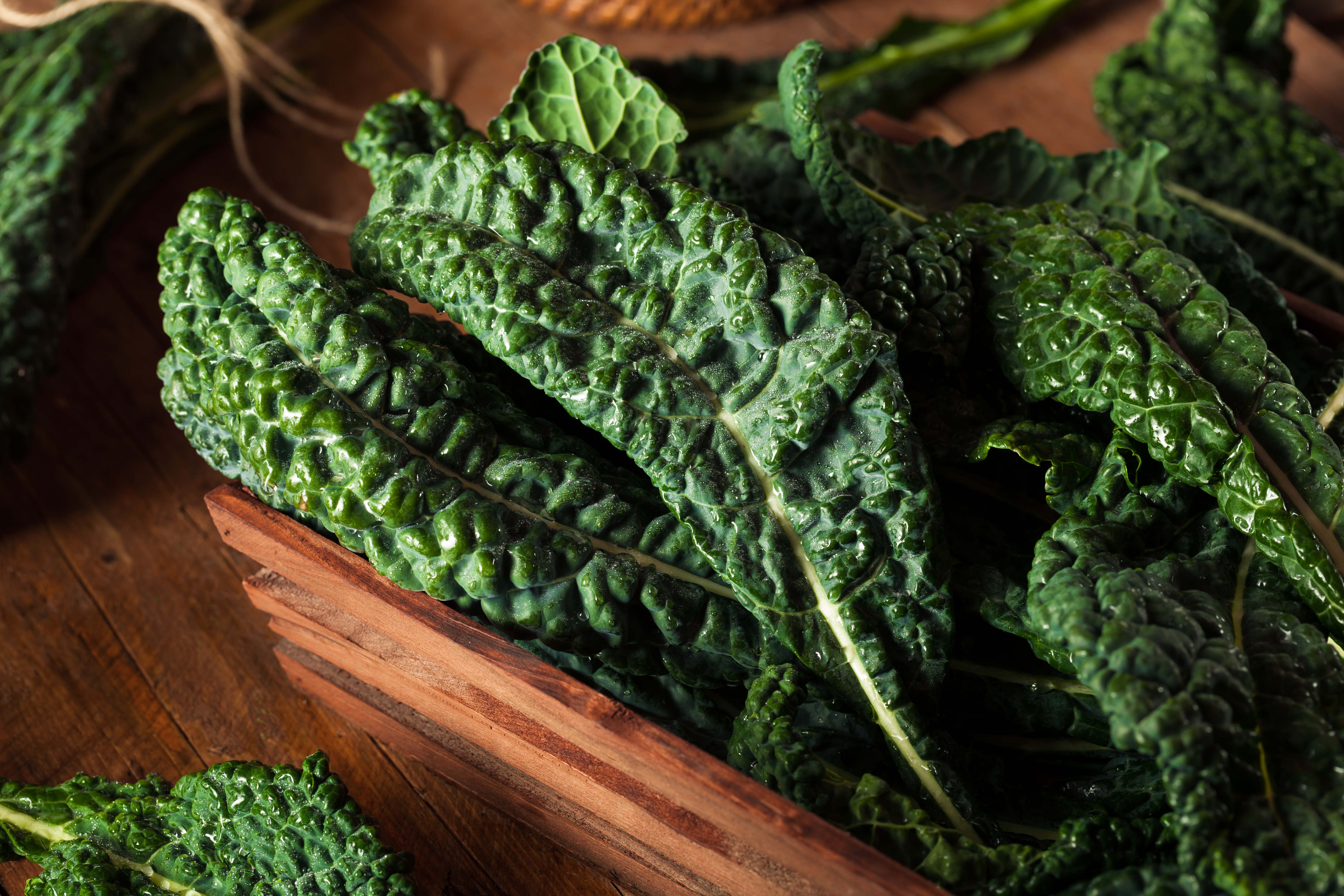
Magnesium is often overlooked but plays a crucial role in blood pressure regulation. It helps relax blood vessels, improving circulation and preventing unnecessary strain on the heart. Unfortunately, many people don’t get enough magnesium in their diet. Great sources include leafy greens (spinach, kale), nuts (almonds, cashews), seeds (pumpkin, flaxseeds), and dark chocolate (70% or higher cocoa content). You can also consider magnesium supplements (consult your doctor first) to ensure you meet your daily intake.
17. Stand More, Sit Less

Sitting for long periods slows circulation, stiffens arteries, and increases the risk of high blood pressure. Even if you exercise regularly, too much sitting throughout the day can negate those benefits. Try to stand up and move around every 30-60 minutes. Use a standing desk, take phone calls while walking, or do some light stretching throughout the day. Movement helps keep blood flowing smoothly, reducing pressure on your arteries.
18. Eat More Nitrate-Rich Foods for Blood Vessel Relaxation
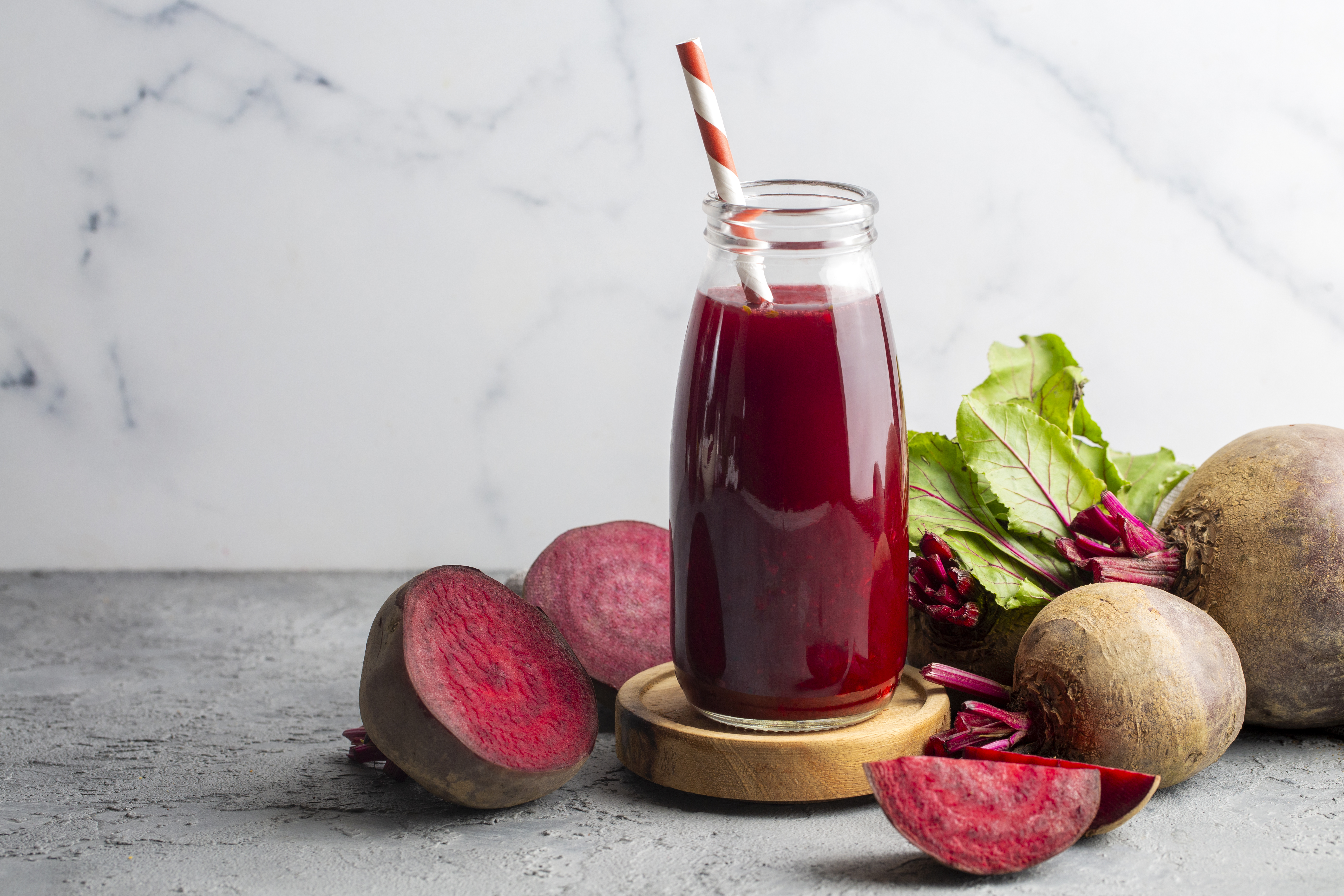
Certain vegetables are naturally rich in nitrates, which your body converts into nitric oxide—a compound that relaxes and widens blood vessels, lowering blood pressure. Some of the best nitrate-rich foods include beets, arugula, celery, Swiss chard, and spinach. Drinking beet juice daily has been shown to significantly reduce blood pressure in some studies. Adding more of these nitric oxide-boosting foods to your meals is an easy way to support heart health.
19. Laugh More—It’s Good for Your Heart!

It turns out that laughter isn’t just good for the soul—it’s great for blood pressure too. Genuine laughter reduces stress hormones, improves circulation, and increases oxygen intake, all of which help lower blood pressure naturally. Watch a funny movie, listen to a comedy podcast, or spend time with friends who make you laugh. It’s a fun and effortless way to support your heart health!
20. Try Acupressure or Acupuncture for Blood Pressure Regulation
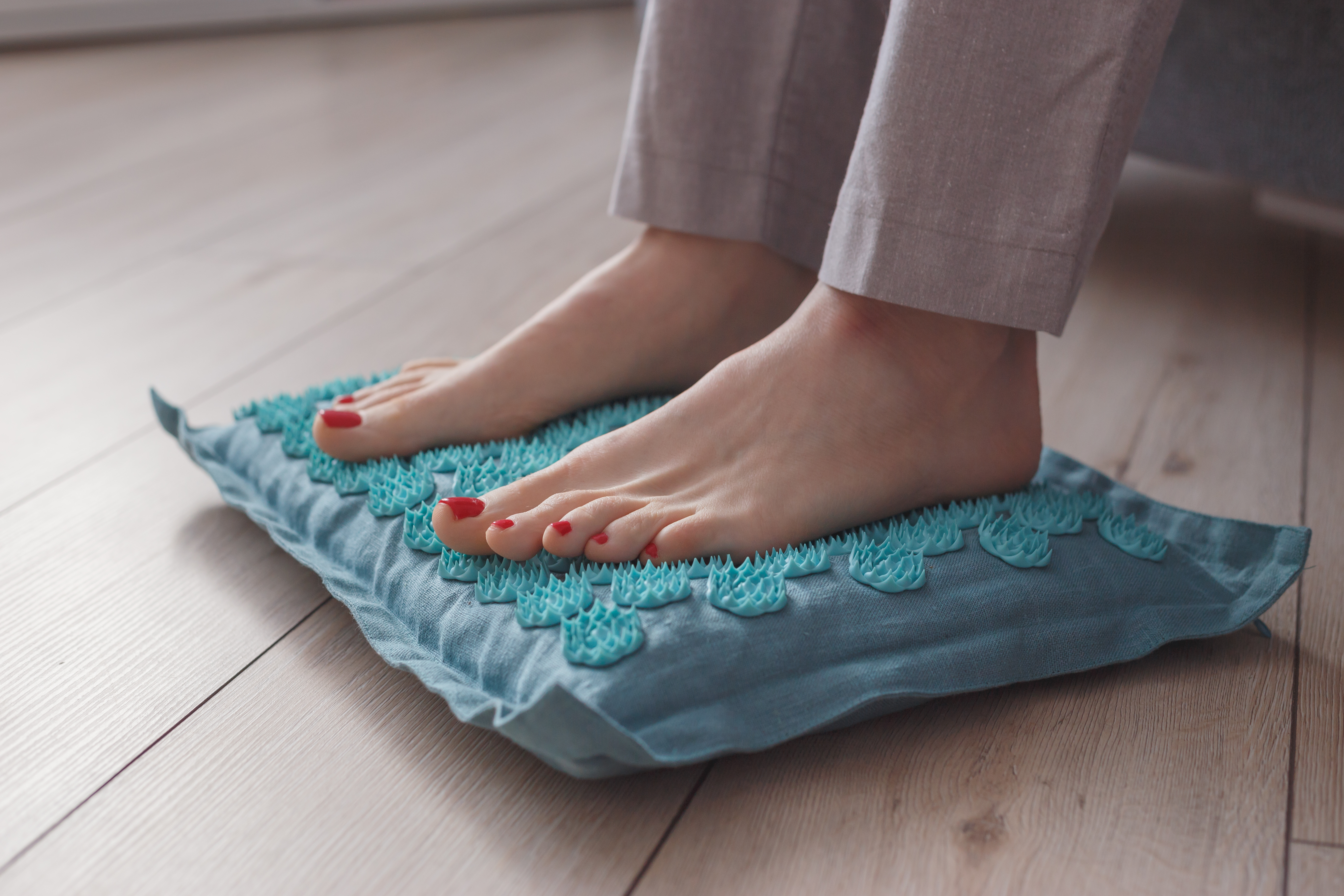
Acupuncture and acupressure have been used for centuries in Traditional Chinese Medicine to promote circulation and relieve tension. Some studies suggest that certain pressure points—like the PC6 point on the wrist or the LI4 point on the hand—may help lower blood pressure by reducing stress and improving blood flow. You can try gentle acupressure at home by pressing these points for 1-2 minutes or see a licensed acupuncturist for a professional session.
21. Use Deep Breathing and Box Breathing Techniques

Deep breathing exercises are a powerful way to activate the parasympathetic nervous system, which slows heart rate and naturally reduces blood pressure. Box breathing, a technique used by athletes and Navy SEALs, is particularly effective for relaxation and focus. To practice, inhale deeply through your nose for four seconds, hold your breath for another four seconds, then exhale slowly through your mouth for four seconds, followed by holding your breath again for four more seconds before repeating the cycle. Just a few minutes of box breathing each day can significantly lower stress-related spikes in blood pressure, making it an easy yet effective habit to incorporate into your daily routine.
22. Reduce Exposure to Artificial Light at Night

Artificial light exposure, especially in the evening, can interfere with your body's ability to regulate blood pressure. The blue light emitted from screens disrupts melatonin production, leading to poor sleep and higher nighttime blood pressure. Reducing screen time one to two hours before bed, using warm, dim lighting in the evening, or wearing blue-light blocking glasses can help counteract these effects. Improving your nighttime environment and establishing a consistent sleep routine will allow your body to maintain a natural rhythm that supports healthy blood pressure levels.
23. Get More Sunlight for Vitamin D and Blood Pressure Balance

Sunlight is an essential factor in blood pressure regulation, primarily due to its role in vitamin D production. Many people fail to get enough vitamin D, which is crucial for maintaining healthy arteries and proper circulation. Spending 15 to 30 minutes outside in natural sunlight each day, especially in the morning, can help your body synthesize this important vitamin. For those who live in regions with limited sunlight, vitamin D supplements may be a beneficial alternative, though it’s always best to consult with a healthcare provider before adding supplements to your routine.
24. Listen to Relaxing Music—It’s More Effective Than You Think

Listening to music is a simple yet surprisingly effective way to lower blood pressure. Research has shown that calming music, particularly classical, instrumental, or nature sounds, can have a direct impact on the nervous system by reducing heart rate and promoting relaxation. Starting the day with peaceful music instead of the news or social media can set a more relaxed tone for the day. Playing soft music while working can help maintain focus and reduce stress, while winding down in the evening with soothing sounds can improve sleep quality. Just 15 to 30 minutes a day of relaxing music can create measurable benefits for both blood pressure and overall well-being.
25. Spend Quality Time with a Pet

Furry friends offer more than just companionship; they can be surprisingly beneficial for your blood pressure. Studies show that petting a dog or cat can lower stress hormones like cortisol and reduce blood pressure readings, sometimes almost immediately. The simple act of stroking an animal promotes relaxation and provides unconditional affection, which counters daily stress. If owning a pet isn't feasible, consider volunteering at an animal shelter or spending time with friends' pets to reap some of these heart-calming benefits. It’s a joyful way to ease tension and support cardiovascular health.
26. Immerse Yourself in Nature (Forest Bathing)

Step outside and let nature work its magic. Spending time in green spaces, often called "forest bathing" or Shinrin-yoku in Japan, is scientifically linked to lower blood pressure, reduced stress hormones, and improved mood. Walking in a park, forest, or even just sitting near trees engages your senses and calms the nervous system. The combination of fresh air, natural sights, sounds, and smells promotes relaxation more effectively than urban environments. Aim for regular nature breaks, even short ones, to tap into this powerful, free wellness tool.
27. Sip on Hibiscus Tea Regularly
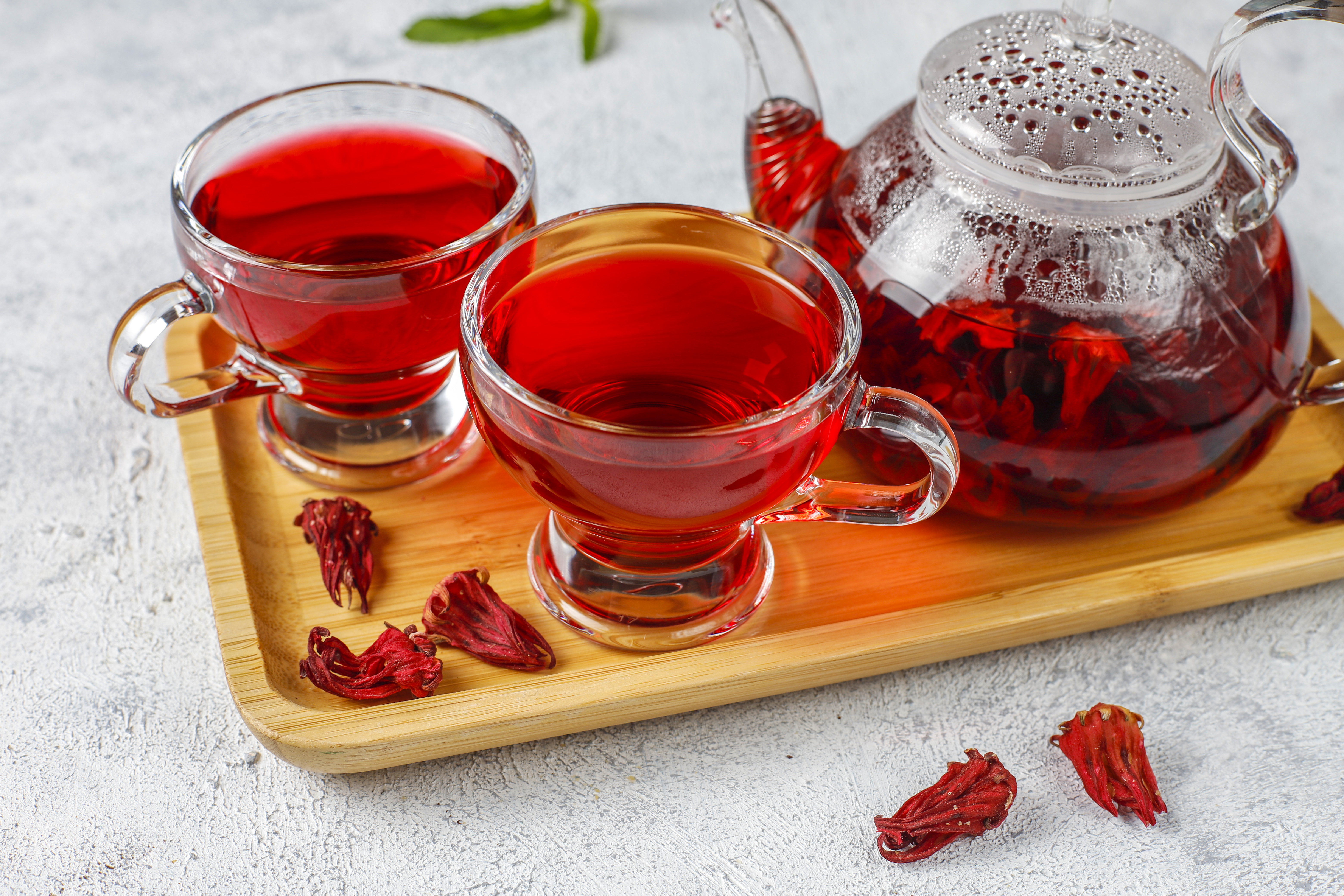
This ruby-red, tart beverage is more than just refreshing; it may pack a punch against high blood pressure. Several studies suggest that regularly drinking hibiscus tea can significantly lower both systolic and diastolic blood pressure, potentially due to its natural diuretic properties and compounds that act similarly to ACE inhibitor medications. It's caffeine-free and easy to brew hot or cold. Incorporating a few cups of hibiscus tea into your daily hydration routine could be a simple and delicious way to support your cardiovascular goals. Always check with your doctor, especially if on BP meds.
28. Prioritize Omega-3 Fatty Acids
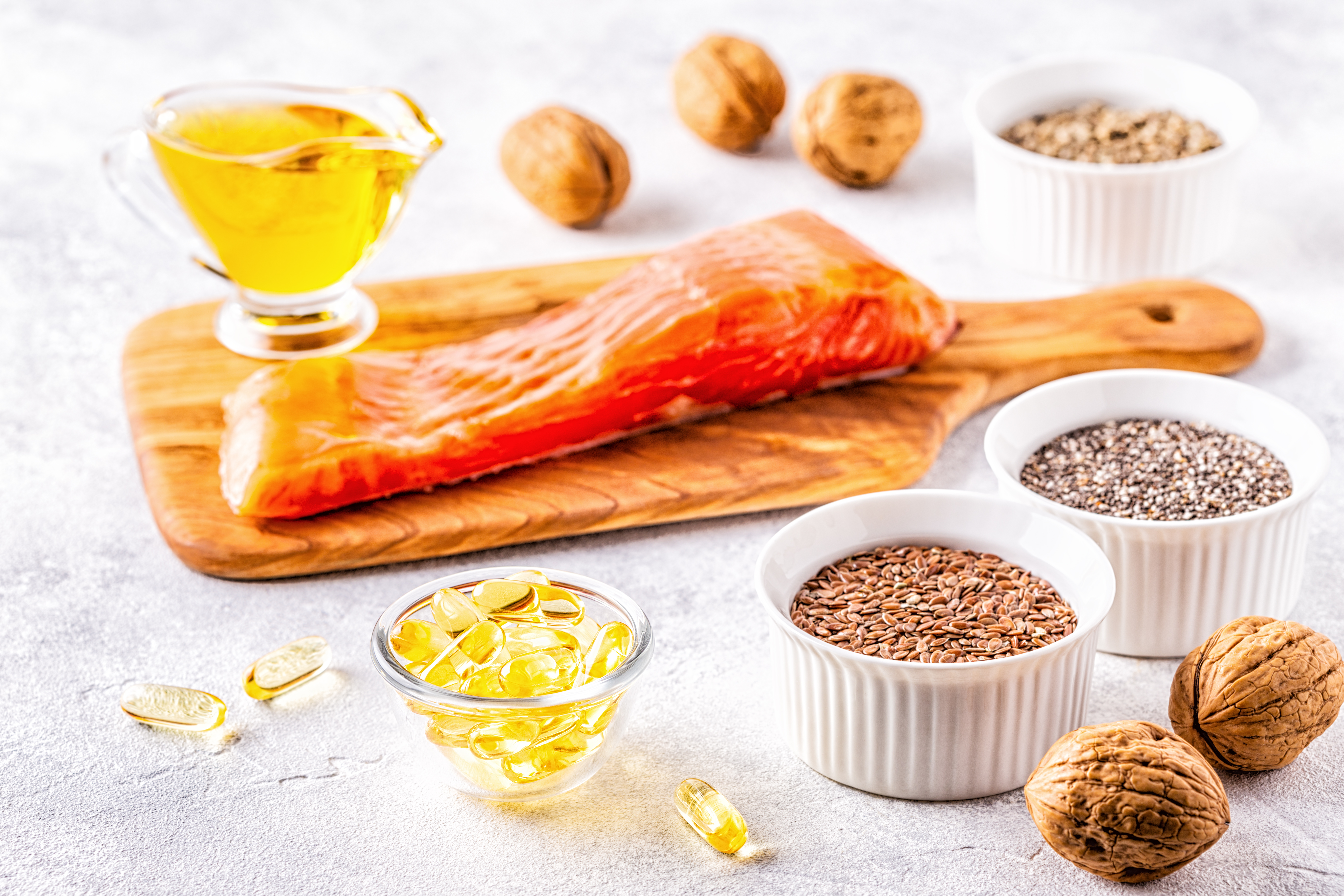
Boost your intake of these essential fats, known for their potent anti-inflammatory properties and benefits for heart health. Omega-3s, particularly EPA and DHA found in fatty fish like salmon, mackerel, and sardines, help improve blood vessel function, reduce triglycerides, and may contribute to lower blood pressure. Plant-based sources include flaxseeds, chia seeds, and walnuts (providing ALA, which the body converts less efficiently). Consider incorporating fatty fish into your diet twice weekly or discuss omega-3 supplementation (fish oil or algal oil) with your healthcare provider for consistent intake.
29. Nurture Your Gut Health
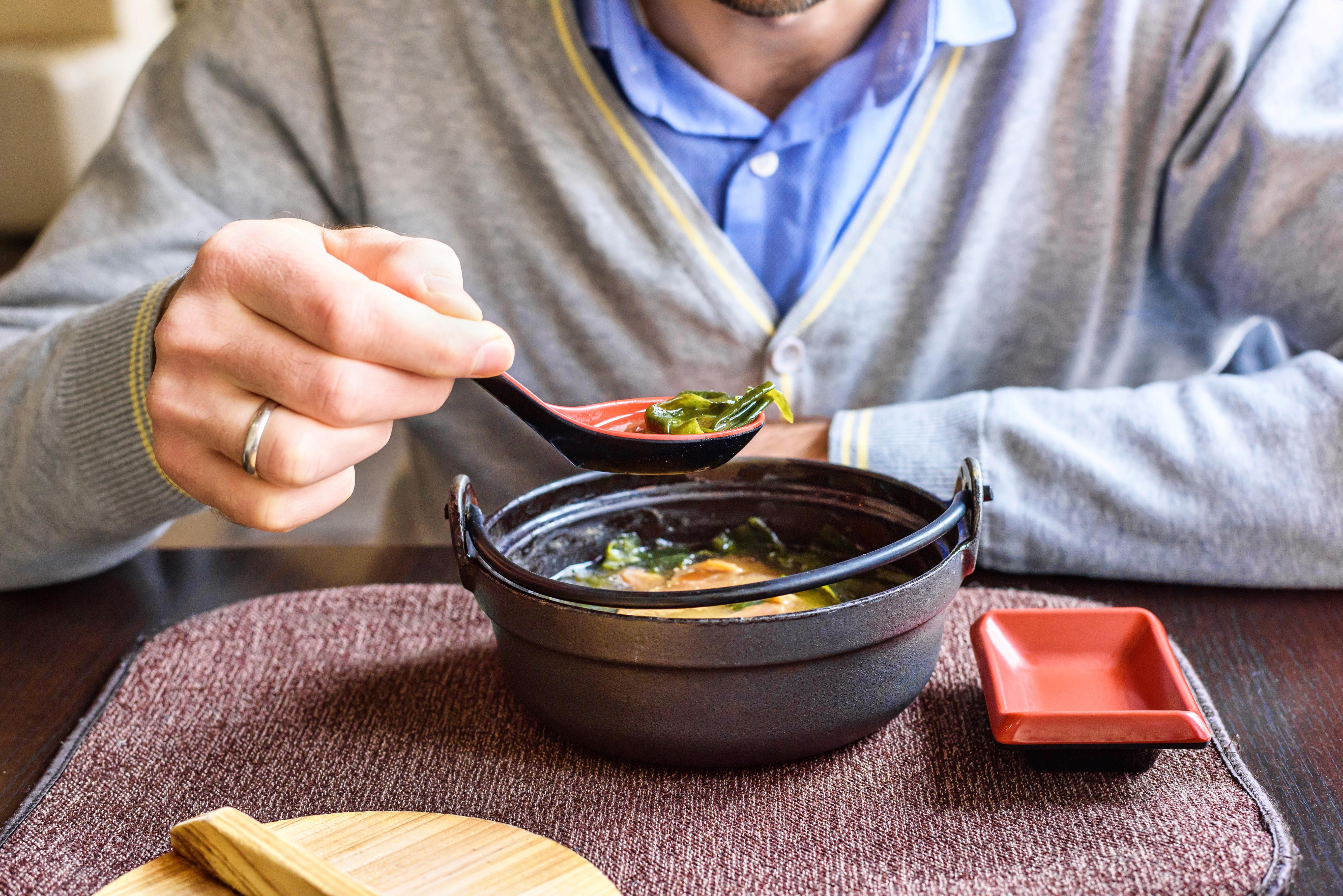
The trillions of microbes living in your gut play a surprisingly significant role in overall health, including blood pressure regulation. An imbalance in gut bacteria has been linked to hypertension. Support a healthy microbiome by consuming probiotic-rich fermented foods like yogurt, kefir, sauerkraut, kimchi, and miso. Additionally, feed your beneficial bacteria with prebiotic fiber found in garlic, onions, bananas, asparagus, and whole grains. Improving your gut health through diet may be an emerging strategy for better cardiovascular wellness and blood pressure control.
30. Practice Yoga Consistently

Yoga combines physical postures (asanas), controlled breathing (pranayama), and meditation, offering a holistic approach to stress reduction and cardiovascular health. Regular practice improves flexibility, strengthens the body, enhances circulation, and significantly lowers stress levels – all contributing factors to healthier blood pressure. Gentle styles like Hatha or Restorative yoga are particularly effective for relaxation, while more active styles also provide cardiovascular benefits. Joining a class or following guided sessions online can make yoga an accessible and enjoyable part of your routine.
31. Minimize Exposure to Loud Noise

Constant exposure to loud or persistent noise – from traffic, construction, or even loud music – can act as a chronic environmental stressor, subtly elevating stress hormones and blood pressure over time. Be mindful of your sound environment. Use earplugs in noisy situations, create quiet zones in your home, choose quieter routes when possible, and consider noise-canceling headphones during focused work or relaxation. Reducing noise pollution is an often-overlooked aspect of managing stress and protecting your cardiovascular system from unnecessary strain.
32. Try Alternate Nostril Breathing (Nadi Shodhana)

This specific yogic breathing technique is renowned for its ability to calm the nervous system and promote balance. Nadi Shodhana involves gently closing one nostril while inhaling through the other, then switching sides for the exhale, creating a rhythmic pattern. This practice is believed to balance the left and right hemispheres of the brain, reduce anxiety, lower heart rate, and consequently help regulate blood pressure. Practicing for just 5-10 minutes daily can induce a state of calm focus and contribute to overall stress management and cardiovascular well-being.
33. Consider Coenzyme Q10 (CoQ10) Supplementation
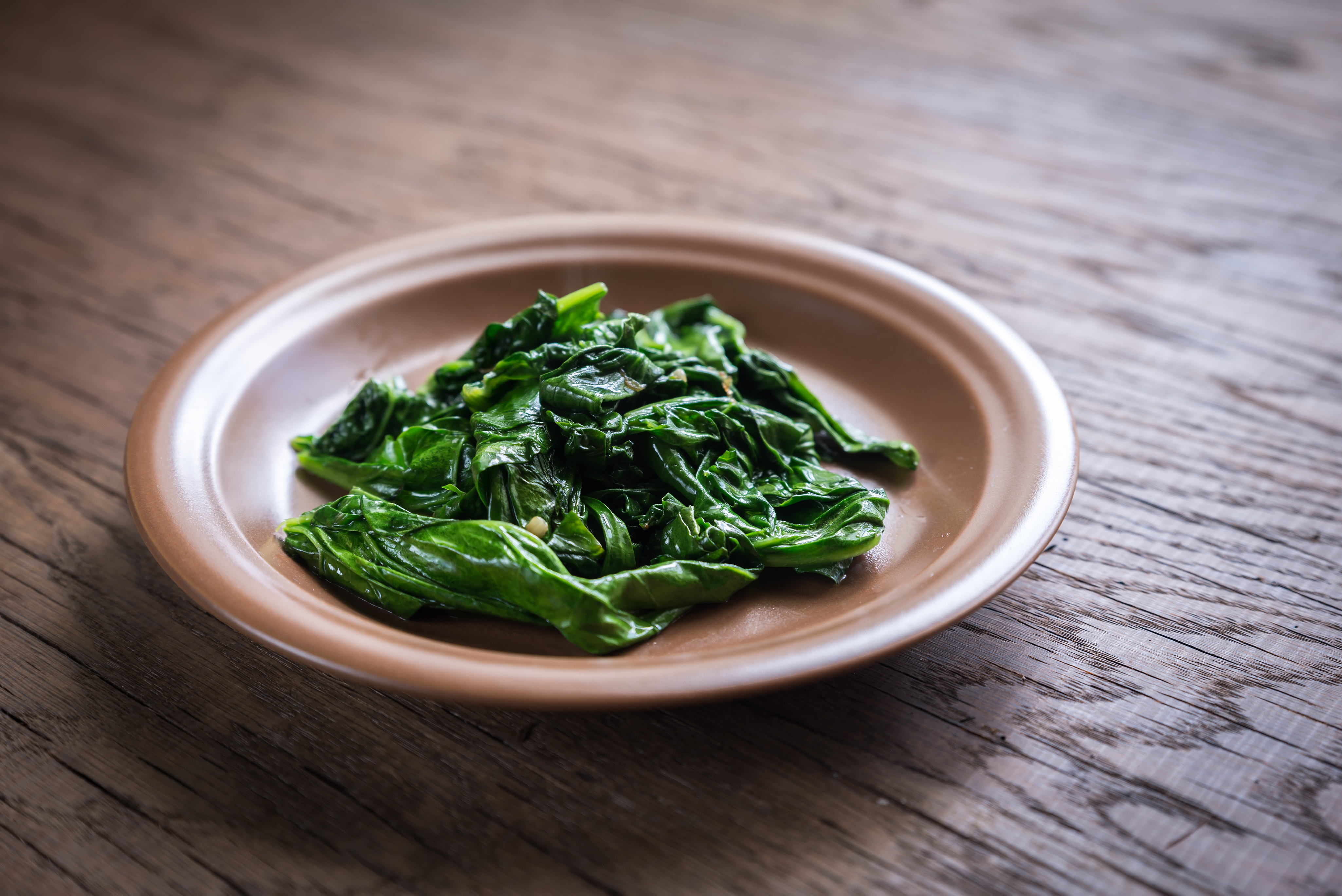
CoQ10 is a naturally occurring antioxidant vital for energy production within cells, particularly in the heart muscle. Research suggests CoQ10 levels may be lower in people with hypertension, and supplementation could potentially help lower blood pressure by improving blood vessel function and reducing oxidative stress. While some foods contain CoQ10 (like organ meats, fatty fish, spinach), achieving therapeutic levels often requires supplements. As with any supplement, consult your healthcare provider before starting CoQ10 to ensure it’s appropriate and safe for you, especially alongside other medications.
34. Cut Back Sharply on Added Sugars

Beyond sodium, excessive intake of added sugars (found abundantly in processed foods, sugary drinks, and sweets) is increasingly linked to high blood pressure, inflammation, weight gain, and insulin resistance. These factors collectively strain the cardiovascular system. Focus on reducing your consumption of sugary beverages, refined carbohydrates, and packaged snacks. Read labels carefully to identify hidden sugars. Opting for whole, unprocessed foods naturally limits sugar intake, supporting not just healthier blood pressure but overall metabolic health as well.
35. Strengthen Your Oral Hygiene Routine

Surprisingly, your mouth and your heart are more connected than you think. Poor oral hygiene can lead to gum disease, which triggers low-grade systemic inflammation—linked to higher blood pressure and heart disease. Bacteria from inflamed gums can enter the bloodstream and affect blood vessel function. Brushing twice daily, flossing regularly, and visiting the dentist for cleanings can improve not just your smile, but your cardiovascular health. Some studies suggest that treating gum disease may even lower blood pressure in hypertensive individuals. A clean mouth could be a silent guardian of your blood pressure—worth the two minutes, twice a day.
36. Embrace Resistance Training for Vascular Flexibility

While aerobic activity often gets the spotlight, resistance training—like weight lifting or bodyweight exercises—can also help lower blood pressure when done consistently and moderately. Strength training improves arterial flexibility, insulin sensitivity, and muscle mass, all of which play a role in regulating blood pressure. You don’t need a gym; exercises like squats, lunges, planks, or resistance band workouts at home a few times a week can yield measurable benefits. The key is consistency and proper form. Combine it with aerobic activity for a well-rounded cardiovascular defense strategy.
37. Optimize Your Breathing During Sleep (Check for Sleep Apnea)
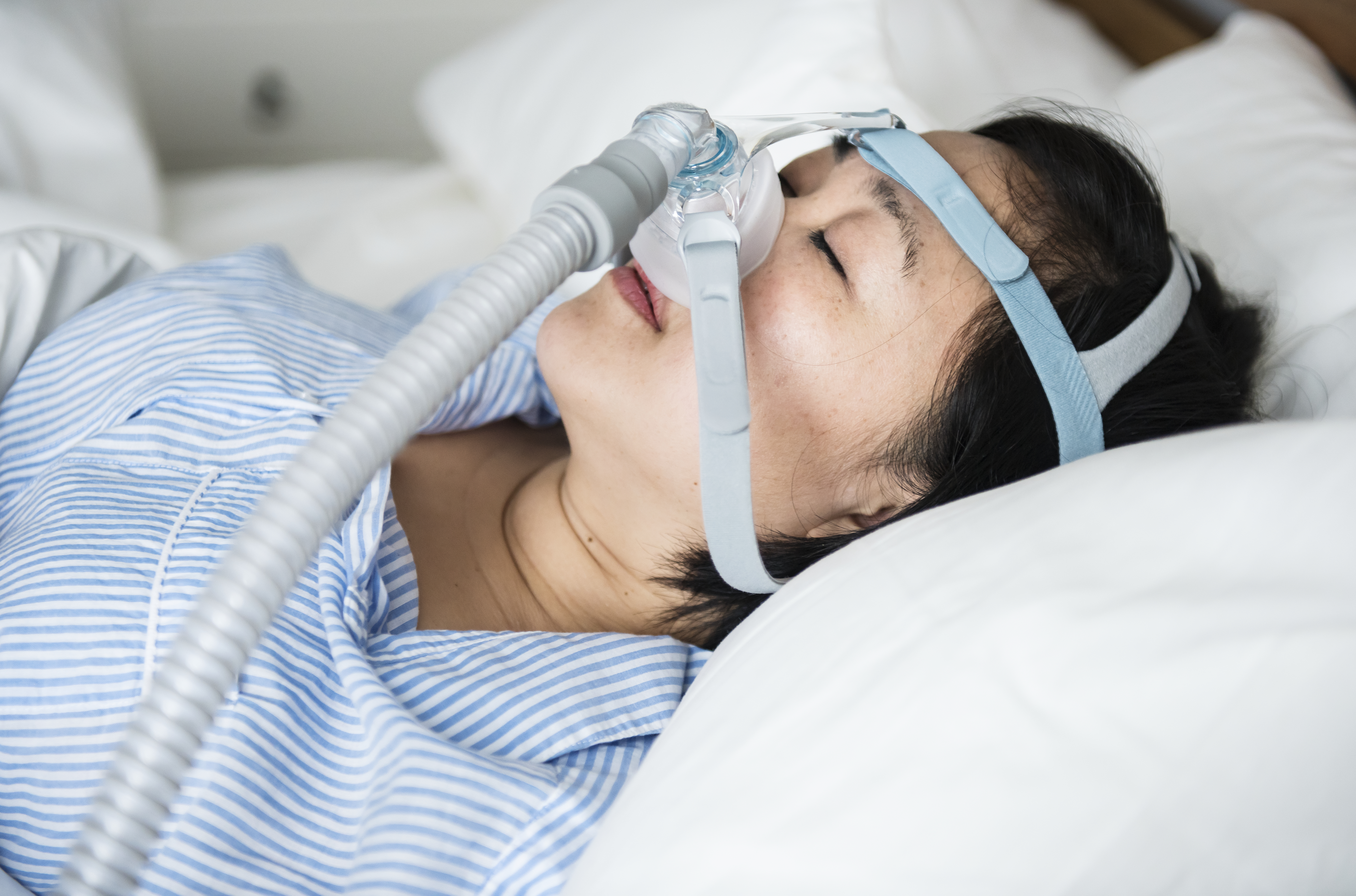
Sleep apnea—a condition where breathing repeatedly stops during sleep—is a hidden contributor to high blood pressure. The oxygen deprivation it causes activates stress hormones and spikes nighttime blood pressure, often going undetected. If you snore loudly, feel tired despite enough sleep, or wake with headaches, it’s worth discussing sleep apnea with your doctor. A simple sleep study can confirm it. Treating apnea (often with a CPAP machine or lifestyle changes) has been shown to significantly lower blood pressure. Sometimes, the fix to uncontrolled hypertension lies in what’s happening during your quietest hours.
38. Eat More Fermented Foods for Microbial Balance
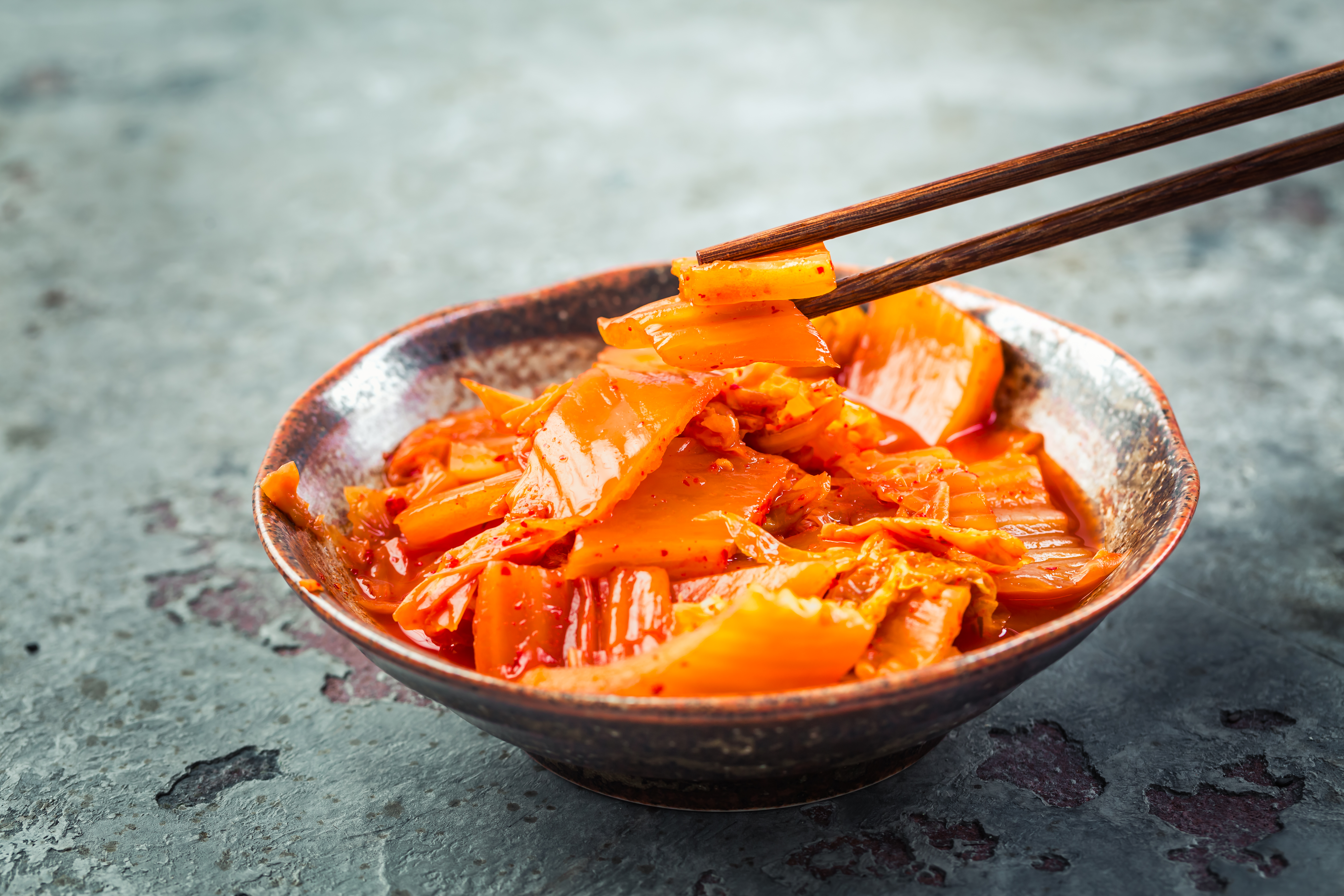
Your gut health has a direct impact on your blood pressure, thanks to its role in inflammation regulation and metabolic function. Fermented foods like kimchi, yogurt, kefir, miso, and sauerkraut are packed with probiotics—beneficial bacteria that can help reduce systemic inflammation and support healthy vascular function. Some studies suggest regular probiotic intake may modestly lower both systolic and diastolic pressure. The key is consistency and variety. Introduce small servings of live-culture ferments daily to help your gut flora—and blood vessels—thrive.
39. Practice Gratitude—It’s Good for Your Heart

It may sound simple, but regularly practicing gratitude can lower stress hormones, reduce heart rate, and improve overall well-being—all of which contribute to healthier blood pressure. Studies have found that people who consistently reflect on what they’re thankful for experience better sleep, lower inflammation, and improved cardiovascular markers. Try journaling three things you're grateful for each day or taking a moment before meals to pause in appreciation. Gratitude shifts your nervous system out of fight-or-flight and into rest-and-digest—a subtle yet powerful way to support heart health from the inside out.
40. Incorporate Tai Chi for Gentle, Rhythmic Balance

Tai Chi isn’t just slow-motion martial arts—it’s moving meditation with real cardiovascular benefits. This ancient Chinese practice combines deep breathing, gentle flowing movements, and mental focus, which together reduce stress and improve circulation. Research shows Tai Chi can help lower systolic and diastolic blood pressure, especially in older adults or those with limited mobility. It’s low-impact, accessible, and can be practiced anywhere. Even 15–30 minutes a few times a week can restore physical and emotional equilibrium, easing both tension and pressure—literally. If traditional workouts aren’t your thing, Tai Chi might be your quiet powerhouse.
41. Add Dark Berries to Your Daily Diet

Berries like blueberries, blackberries, and raspberries are more than tasty—they’re blood pressure allies packed with anthocyanins and flavonoids. These antioxidants help relax blood vessels, reduce inflammation, and improve arterial stiffness. Studies suggest that people who consume berries regularly have a lower risk of hypertension. Toss a handful into your morning oatmeal, blend them into smoothies, or snack on them raw. Frozen berries work just as well and are available year-round. They’re sweet, satisfying, and silently working behind the scenes to strengthen your vascular health—no added sugar required.
42. Try Time-Restricted Eating (TRE)
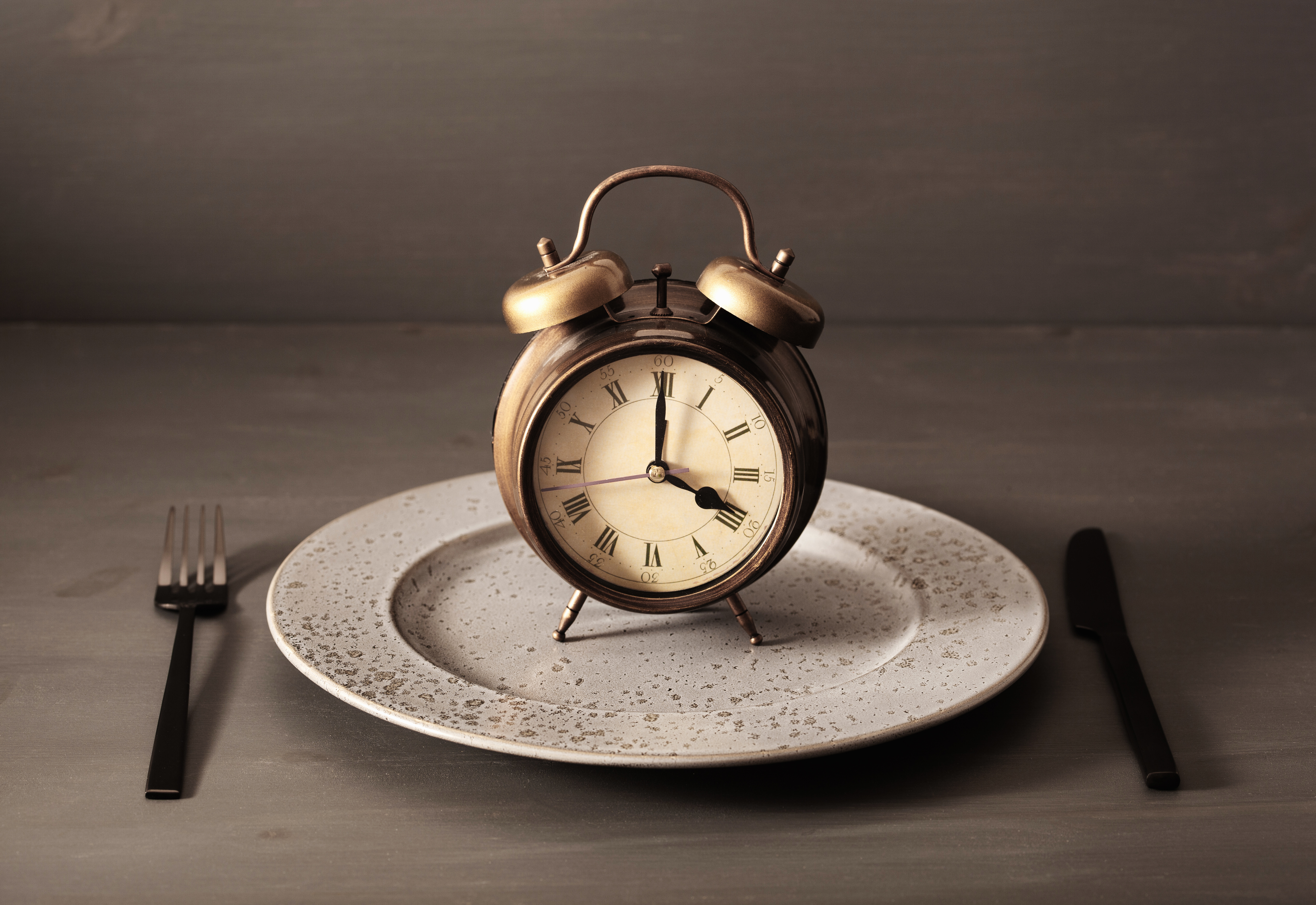
Also known as intermittent fasting, Time-Restricted Eating involves limiting your daily food intake to a specific window—like 8 to 10 hours—and fasting the rest. TRE has been linked to improved insulin sensitivity, reduced inflammation, and yes, lower blood pressure. Unlike extreme dieting, it’s about when you eat, not necessarily what. This eating pattern may reduce sympathetic nervous system activity and improve circadian rhythms, both of which help stabilize blood pressure. Start gently—say, 10am to 6pm—and adjust as needed. It’s a manageable shift that helps your body recalibrate, without calorie counting or crash plans.
43. Create a Consistent Wind-Down Routine

A chaotic bedtime routine—or none at all—can keep your body in a state of alertness long after lights out. A consistent, calming wind-down ritual helps trigger melatonin release and signals your nervous system to relax. Whether it’s dimming lights, reading a physical book, gentle stretches, or herbal tea, creating a sleep-friendly ritual can improve both sleep quality and blood pressure regulation. Avoid doomscrolling or overstimulating TV; instead, craft a sensory-safe space that says: it’s time to let go. This simple shift reinforces your body’s internal clock and supports cardiovascular calm overnight.
44. Strengthen Your Daily Magnesium–Calcium Ratio

It’s not just about individual minerals—it’s the balance between them that matters. Calcium contracts blood vessels, magnesium helps them relax. Too much calcium without enough magnesium can lead to vascular stiffness. Strive for a diet that includes both in healthy ratios. Think leafy greens, nuts, legumes, yogurt, and seeds. Bonus: this combo also supports nerve signaling, muscle health, and mood stability. If you’re supplementing calcium (especially for bone health), be sure to include magnesium—preferably through food. This mineral teamwork can help regulate vascular tone and keep your blood pressure in check with natural precision.
Your Daily Choices, Your Lifelong Protection
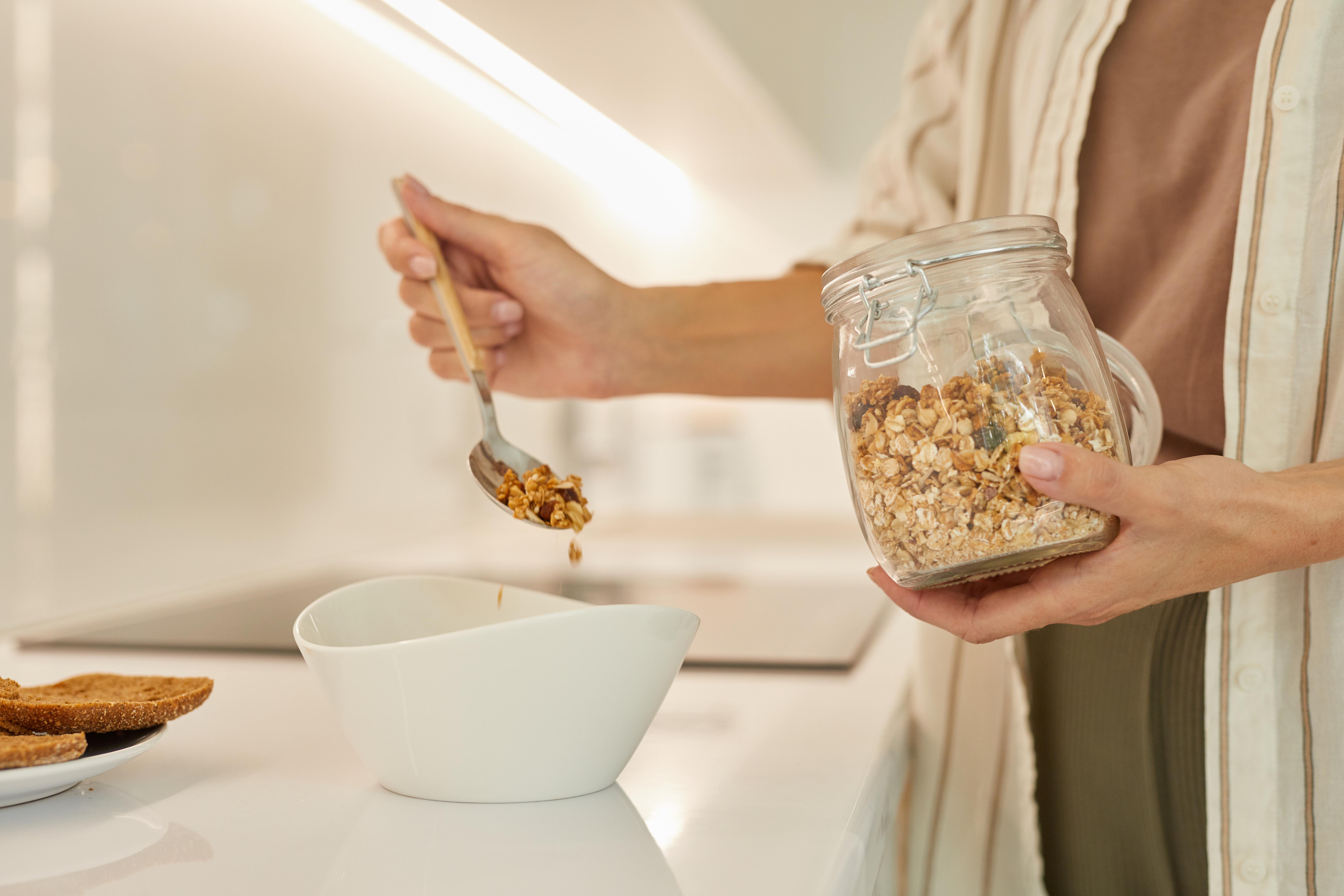
Blood pressure doesn’t rise overnight—and it doesn’t need to fall that way either. The most powerful shifts aren’t dramatic; they’re consistent. What you eat, how you move, how you rest, and even how you breathe—each choice sends a signal to your heart: to calm down, to push less, to last longer. With 44 lifestyle tweaks now at your fingertips, you don’t need to chase perfection. You need a rhythm—one rooted in small actions that honor your body’s design. Whether it’s a quiet walk, a handful of berries, or a single deep breath before a meeting, these moments stack up. Over time, they build resilience, ease pressure, and return control to where it belongs: with you. Medications can support, but lifestyle is what sustains. Let this be your call to act—not out of fear, but from the quiet conviction that your health is yours to reclaim. One habit at a time.
